- Shop
New to UCAN?
- About
- How to use ?
- Energy Lab
- Contact us
Calories in Cream Cheese: An Athlete’s Guide to the Schmear
Look, let's get straight to it. That standard schmear of full-fat cream cheese on your morning bagel? It lands you around 50 calories per tablespoon. But that’s just the starting line. The real calorie count depends entirely on which tub you grab at Woolies and, let's be honest, how generously you're laying it on.
This isn't about slapping a "good" or "bad" label on cream cheese. It’s about knowing the numbers so you can make choices that actually line up with your training goals. For an endurance athlete—whether you're grinding out long runs for the Gold Coast Marathon or tackling the hills for Ironman Cairns—every calorie is a piece of the puzzle. It’s either fuel for a big session or a tool for recovery. Getting your head around the calories in cream cheese means you can manage your energy intake without the guesswork.
To make it dead simple, I've put together a cheat sheet. It breaks down the main players you’ll find on the shelf, so you can see the difference at a glance.
Contents
Your Quick-Look Calorie Chart
Here’s a quick comparison of what you’re looking at in a typical tablespoon (around 15g) versus a larger 100g portion. This really highlights how dense each option is.
| Cream Cheese Type | Calories per Tablespoon (approx. 15g) | Calories per 100g |
|---|---|---|
| Full-Fat Cream Cheese | ~51 calories | ~342 calories |
| Light/Reduced-Fat Cream Cheese | ~30 calories | ~201 calories |
| Fat-Free Cream Cheese | ~16 calories | ~107 calories |
As you can see, the difference is pretty stark. Opting for a light or fat-free version can slash the calorie count by more than half. That can be a game-changer depending on your daily targets, especially during a cutting phase. Now, let’s dig into what those numbers really mean for your performance.
Beyond the Calories: The Full Nutritional Breakdown
Alright, we’ve talked calories. But what does that number actually represent? Let's move past the big number on the front of the tub and take a proper look at the macronutrients—the fat, protein, and carbs—that make up your favourite spread.
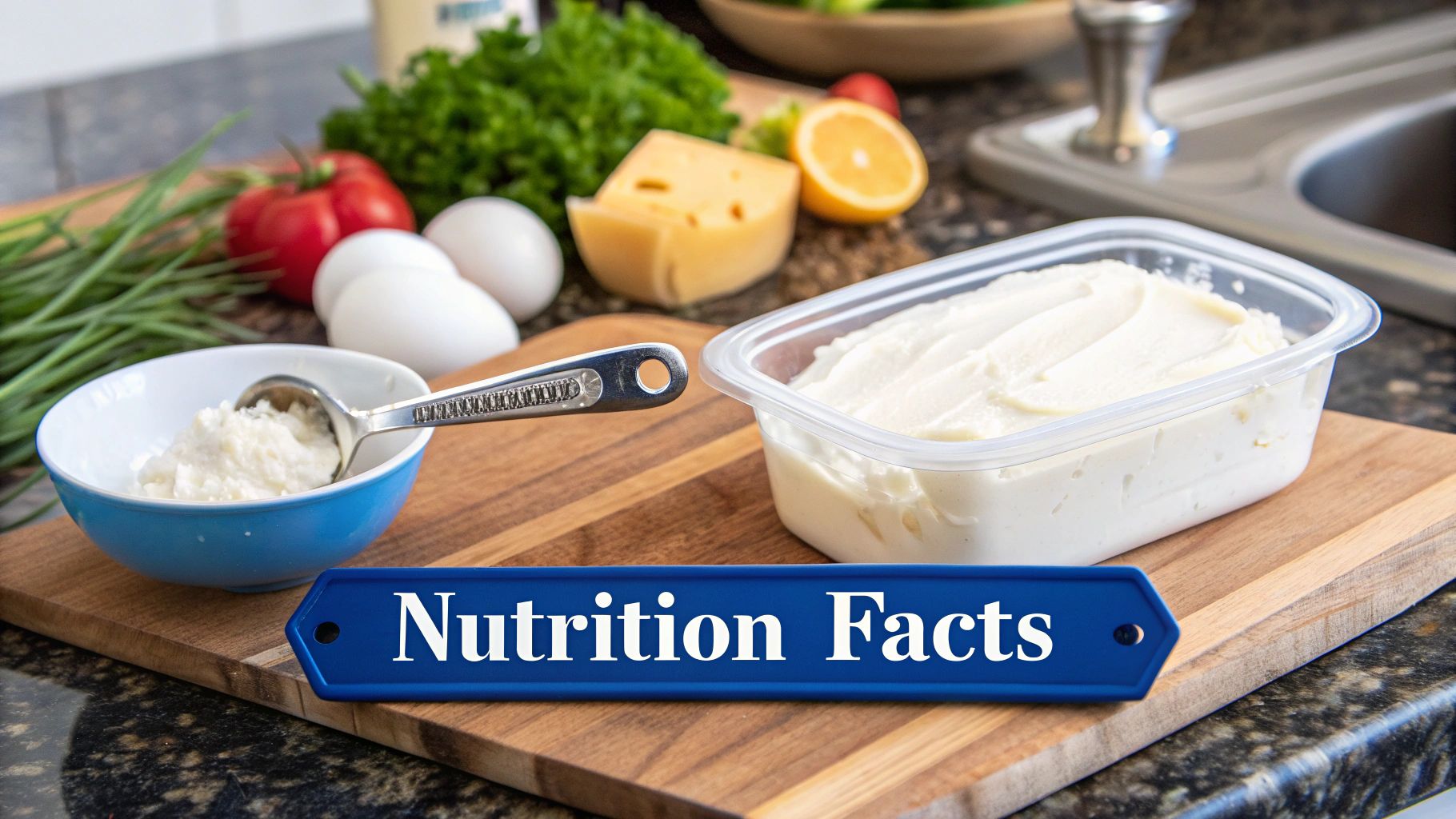
Why Is Cream Cheese Basically a Fat Bomb?
That rich, creamy texture we all love? It comes down to one simple thing: a high fat content. Specifically, cream cheese is loaded with saturated fat. This isn't automatically a bad thing, but it's the reason the spread is so calorie-dense.
A standard 100g serving of full-fat cream cheese can contain a hefty 30-35 grams of fat, with over half of that being saturated. In contrast, the protein and carb numbers are tiny. You’re only looking at around 6g of protein and just 4g of carbs per 100g. It’s a fat source, first and foremost.
Here's the bottom line: Cream cheese is not a meaningful source of protein or carbs for an athlete. Think of it as an energy-dense food where the fat drives both its flavour and satisfying mouthfeel.
So, Are There Any Hidden Perks?
It's not all fat and calories, though. Cream cheese does bring a few small nutritional perks to the table. It contains a decent amount of Vitamin A, which plays a key role in supporting your immune system and vision. You'll also find a bit of calcium, although it's nowhere near what you'd get from a glass of milk or a tub of yoghurt.
To make the best choices for your health, it pays to understand how to read nutrition labels effectively. This skill is fundamental for seeing the full picture, not just for cream cheese but for everything you eat. It’s a core concept we dive into more deeply in our articles on UCAN Nutrition Science.
Interestingly, it seems Aussies are developing a taste for richer, higher-fat cheeses. This lines up with a global trend where the market for cream and soft cheese is predicted to grow substantially. You can read more about these market insights on FactMr.com.
Full-Fat vs. Light: Decoding the Dairy Aisle
It’s easy to assume all cream cheese is the same, but that couldn’t be further from the truth. Stand in front of the dairy aisle, and you’ll see a confusing line-up: full-fat, light, fat-free, and even whipped. Each one has a different impact on the calories in a cream cheese, so let’s put them head-to-head.
Here's the thing though. When you opt for a 'light' or 'fat-free' version, you're getting more than just a lower calorie count; you're fundamentally changing the product. The secret to cream cheese's rich, satisfying flavour is its fat. To mimic this after the fat is stripped out, manufacturers add things like thickeners, gums, and stabilisers. Sure, you save a decent number of calories, but you often sacrifice that pure, creamy taste for a laundry list of extra ingredients.
Here’s a quick look at how the classic full-fat version stacks up against its low-fat cousin.
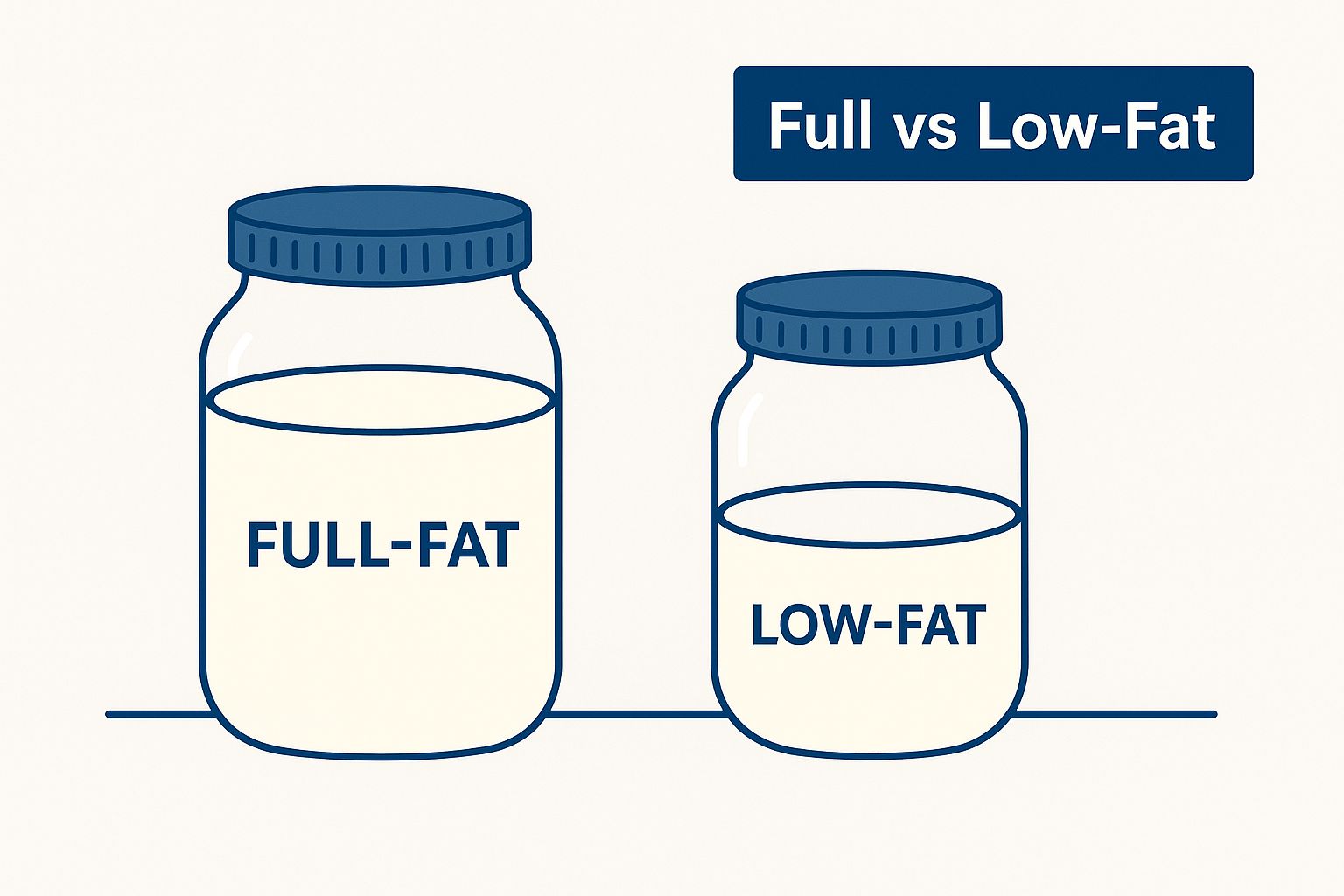
The visual difference might be subtle, but the nutritional gap is massive, and it’s almost entirely driven by the fat.
The Real Numbers: Full-Fat vs Light vs Fat-Free
Let's break down the numbers per 100g. This is where you can really see the trade-offs you’re making between flavour, texture, and nutritional content.
A quick glance at this table shows exactly how the nutritional profiles shift as fat is removed.
| Nutrient | Full-Fat Cream Cheese | Light Cream Cheese | Fat-Free Cream Cheese |
|---|---|---|---|
| Calories (approx.) | ~342 kcal | ~201 kcal | ~107 kcal |
| Fat (approx.) | ~34g (21g saturated) | ~15g (9g saturated) | ~0g |
| Protein (approx.) | ~6g | ~8g | ~15g |
| Sodium (approx.) | ~325mg | ~410mg | ~580mg |
Notice something interesting? As the fat goes down, the protein often goes up, which is a nice bonus. But look at the sodium—it skyrockets. To make up for the flavour lost from the fat, manufacturers often pump up the salt content.
So, while you're cutting back on fat and calories, you're getting a much higher dose of sodium, which is something to keep an eye on, especially when you're already managing electrolytes for training in that Brisbane humidity.
The Smart Choice? Whipped Cream Cheese.
Here’s a pro tip I give a lot of my athletes: consider whipped cream cheese. It’s the same full-fat recipe, just fluffed up with air. Because it’s less dense, you naturally spread less onto your bagel or toast, effectively cutting your calorie intake without sacrificing the authentic taste. It's portion control, built right in.
How Your Serving Size Can Sabotage Your Calories
This is where a perfectly good food choice can go completely off the rails. You glance at the nutrition label and it seems reasonable enough. But the real story isn't what's on the label; it's what you actually scoop onto your bagel. This is where 'calorie creep' gets you—that sneaky way an extra dollop here and there quietly adds up over the week.
Let's be real, almost no one measures out a perfect, level tablespoon. We scoop. That casual smear on your morning toast could easily be double the official serving size, which instantly turns a 50-calorie addition into a 100-calorie hit.
The Serving Size Reality Check
A standard serving of cream cheese is almost always smaller than you imagine. It's a calorically dense food, so what looks like a modest amount can pack a surprising punch. This "portion distortion" is what trips most of us up.
Here's a little experiment: The next time you grab the cream cheese, actually measure out one tablespoon. Spread it on your cracker or toast. It will probably look a lot less generous than your usual schmear. This isn't about being restrictive; it's about building awareness.
Simply understanding what a true serving looks like is the first big step towards more mindful fueling.
How Mindless Scooping Adds Up
A typical tub of cream cheese from an Aussie supermarket has about 350 calories per 100 grams. We know Australians love their cheese, and even a small, consistent overestimation of your portion can add hundreds of extra calories to your weekly total without you even realising it. If you're curious about national food habits, you can explore the data from the Australian Bureau of Statistics for more details.
Making better choices starts with acknowledging just how easily those extra calories can sneak into your diet. It's the little things, repeated daily, that make the biggest difference to your body composition and race weight.
Healthier Swaps for Cream Cheese (That Don't Suck)
Love that creamy texture but not the calorie and fat count that comes with it? Good news: you've got plenty of options. If you're looking for a spread that delivers more nutritional bang for your buck, switching out cream cheese is a seriously smart move for any athlete.
Let’s look at some simple, delicious swaps that can lower the calories while often boosting the protein or fibre content—the stuff that actually helps with recovery and satiety.
Dairy-Based Swaps
If you still want that classic dairy creaminess but with a better nutritional profile, these are your go-to choices.
- Thick Greek Yoghurt: This stuff is a powerhouse. It’s thick, tangy, and absolutely packed with protein. A single tablespoon has far fewer calories than cream cheese and gives your muscles a nice protein hit. Try mixing it with fresh herbs and a squeeze of lemon for a brilliant savoury spread on crackers. Perfect for a post-workout snack.
- Cottage Cheese: I know, I know. But don't overlook it. When you blend it until it's perfectly smooth, it transforms into a fantastic high-protein, low-fat alternative. It’s brilliant on toast with a bit of black pepper or used as a dip for veggies.
- Ricotta Cheese: Specifically, light ricotta. It's naturally lower in fat and calories but still delivers that mild, creamy texture. It works just as well in sweet and savoury dishes, like spread on rye toast with a drizzle of honey.
Plant-Based and Savoury Options
For those avoiding dairy or just wanting to mix things up, these options add incredible flavour and nutrients to your plate.
The goal here isn't to perfectly replicate cream cheese. It's to find a substitute that delivers that satisfying creamy texture while offering more nutritional value, whether that's protein, fibre, or healthy fats.
Mashed avocado is a classic for a reason. It’s loaded with healthy monounsaturated fats and fibre, which are fantastic for giving you sustained energy. A little salt, pepper, and lime juice, and you have a perfect topping.
Another brilliant choice is hummus. Made from chickpeas, it’s a great source of plant-based protein and fibre, making it far more filling than cream cheese. It offers a savoury kick that pairs well with just about anything. Exploring different types of nutrient-dense spreads can be a game-changer, and you can find more ideas in our guide to healthy snacks.
Finally, for a dairy-free option that mimics that richness, nut-based spreads like cashew or almond cheese are excellent, though just be mindful as their calories can be high too.
How to Fit Cream Cheese Into Your Training Diet
Let’s get one thing straight: the goal is never to completely eliminate foods you love. It’s all about finding a smart balance, and that absolutely applies to cream cheese. For endurance athletes, every bit of fuel counts, so it's about making foods like this work for you, not against you.
The key is to shift from a rigid 'good vs. bad' mindset to a more strategic one. It's not about banning the tub of full-fat Philly; it's about being clever with how you use it.

Smart Ways to Work It In
Instead of slathering a thick schmear on a plain bagel (a simple-carb bomb), think of cream cheese as a flavour enhancer.
Use a small amount of full-fat cream cheese for maximum flavour and pair it with high-fibre foods. A thin layer on wholegrain crackers with sliced tomato and cucumber gives you that creamy satisfaction alongside nutrients that actually support your training.
This approach helps you manage the calories in cream cheese while boosting your overall nutrient intake. This is especially important for athletes focused on keeping their energy levels stable. A huge spike and crash from a bagel and cream cheese isn't doing your afternoon session any favours. For more on this, check out our guide on the best foods to keep blood sugar steady.
Mindful Eating in the Aussie Context
Australians love their cheese—the consumption stats make that pretty clear. But even a small daily portion can contribute significantly to your calorie total, so mindful eating is key, especially when you're deep in a training block for the Sydney Marathon and every gram counts.
For keto or low-carb athletes, cream cheese fits perfectly thanks to its high-fat, low-carb profile. The focus, as always, is on portion control and what you pair it with. When incorporating cream cheese into your diet, especially if you rely on food delivery, it can be useful to check out resources like A College Student's Guide on How to Order Food with Bytey.
Bottom line? It’s about making conscious, sustainable choices that let you enjoy food without derailing your performance goals.
Common Cream Cheese Questions Answered
Let's cut through the noise and get straight to the facts. When it comes to calories and nutrition, there's a lot of confusion out there. Here are some quick, no-nonsense answers to the questions I hear most often from athletes.
How many calories are in one tablespoon of cream cheese?
It really depends on the type you grab from the supermarket fridge. A single tablespoon (that’s about 15 grams) of standard, full-fat cream cheese will set you back around 50-55 calories.
If you opt for a light cream cheese, you’re looking at a more modest 30-35 calories. For those keeping a really close eye on things, the fat-free versions are the leanest choice, coming in at just 15-20 calories per tablespoon.
Is cream cheese good for weight loss?
This is a classic "it depends" situation. Because it’s high in both calories and saturated fat, regular full-fat cream cheese probably isn’t your best friend if weight loss is the main goal. It's best used in moderation. A 3:30 marathoner I coached from Perth dropped 2kg just by swapping his daily generous schmear for a thin layer of avocado. It adds up.
However, that doesn't mean it's off the table completely. The light or fat-free varieties can absolutely fit into a balanced weight-loss plan, especially when you control your portions and pair them with nutrient-dense foods like wholegrain crackers or crunchy vegetable sticks.
Does whipped cream cheese have fewer calories?
Here's a clever little trick of the food world: gram for gram, whipped cream cheese has the exact same number of calories as the solid block stuff. So, what’s the big deal?
The magic is in the volume. It’s been whipped full of air, making it lighter and fluffier. This means you naturally scoop up less of it to cover the same surface area on your bagel or toast, leading to fewer calories per serve. It’s like built-in portion control without even trying. This is a huge win.

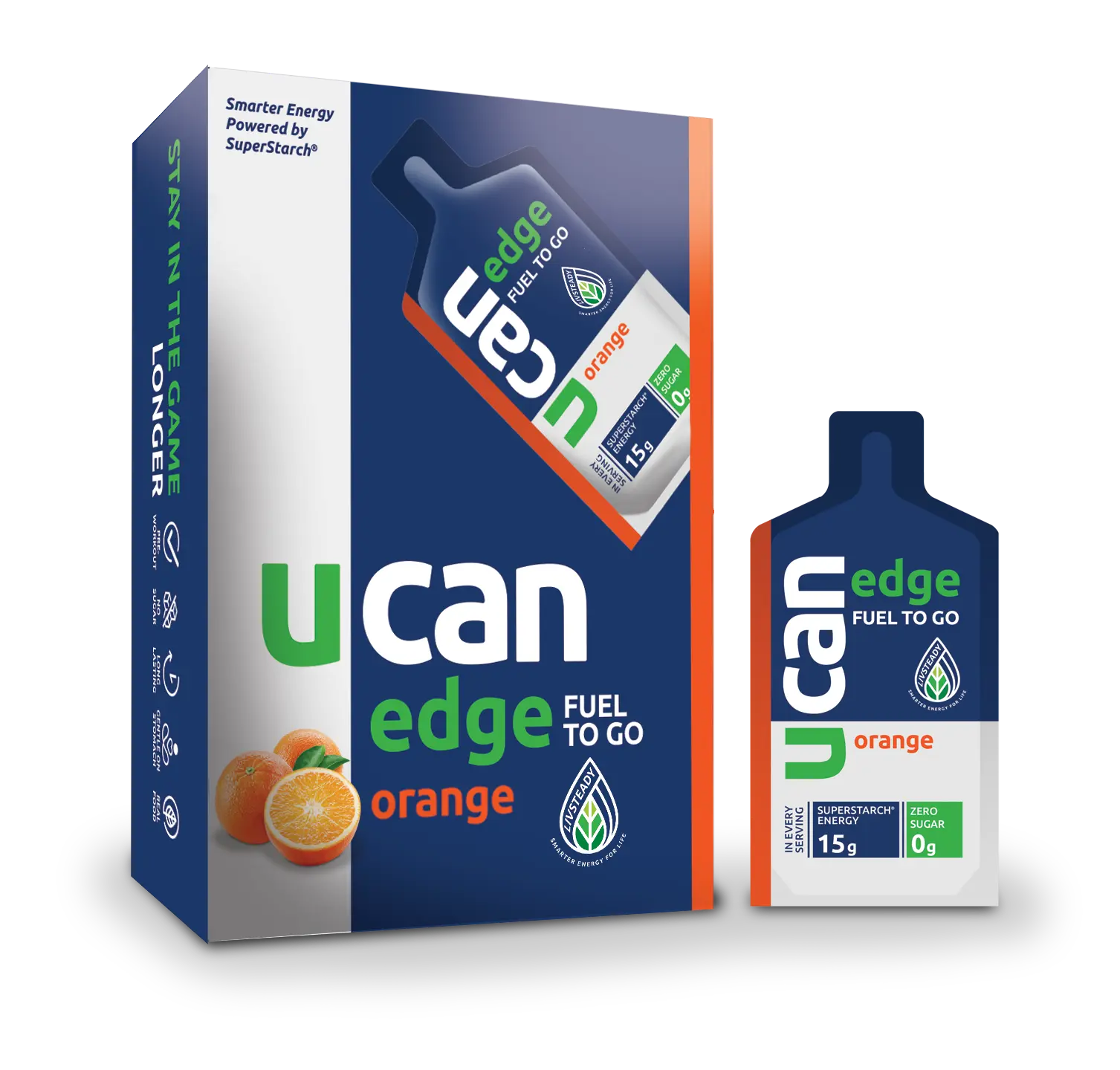
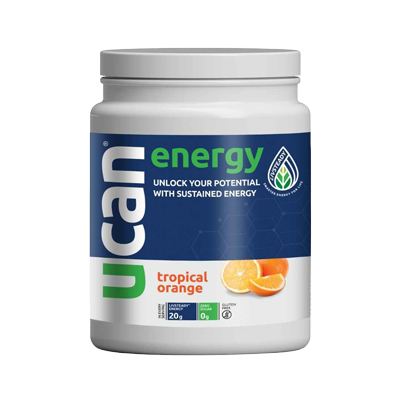
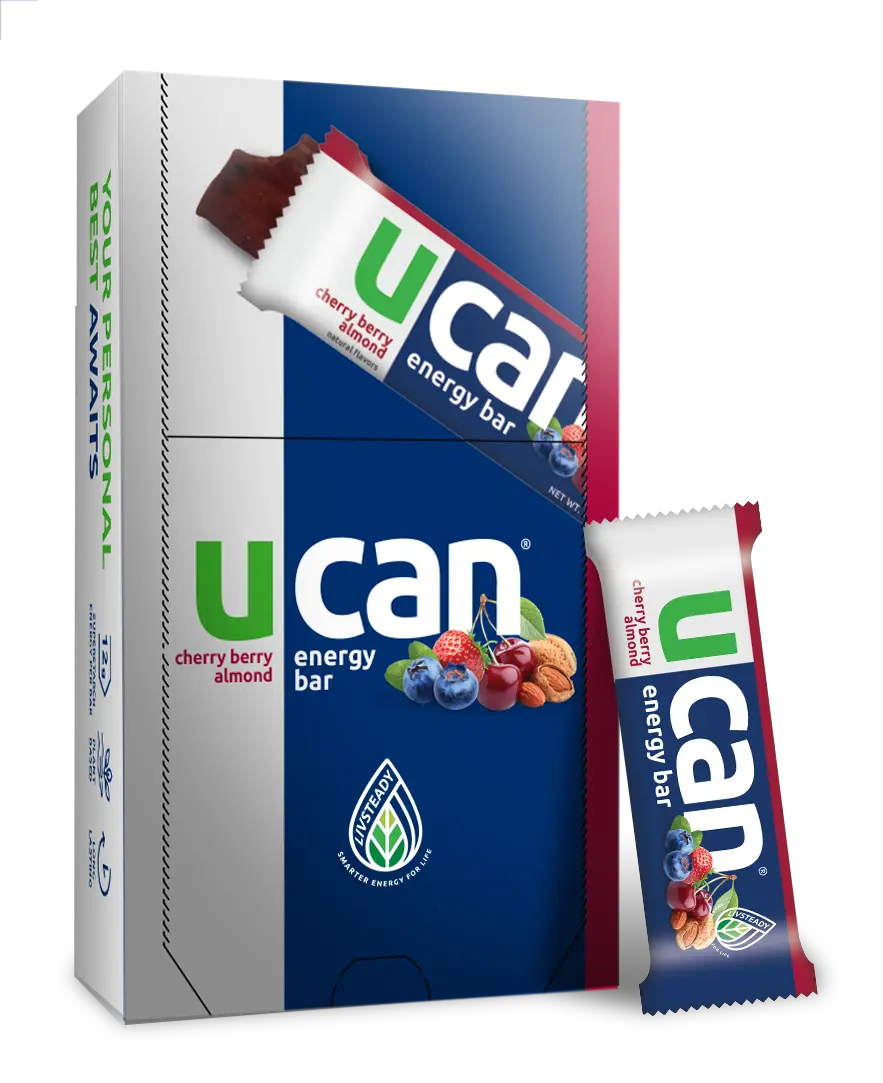
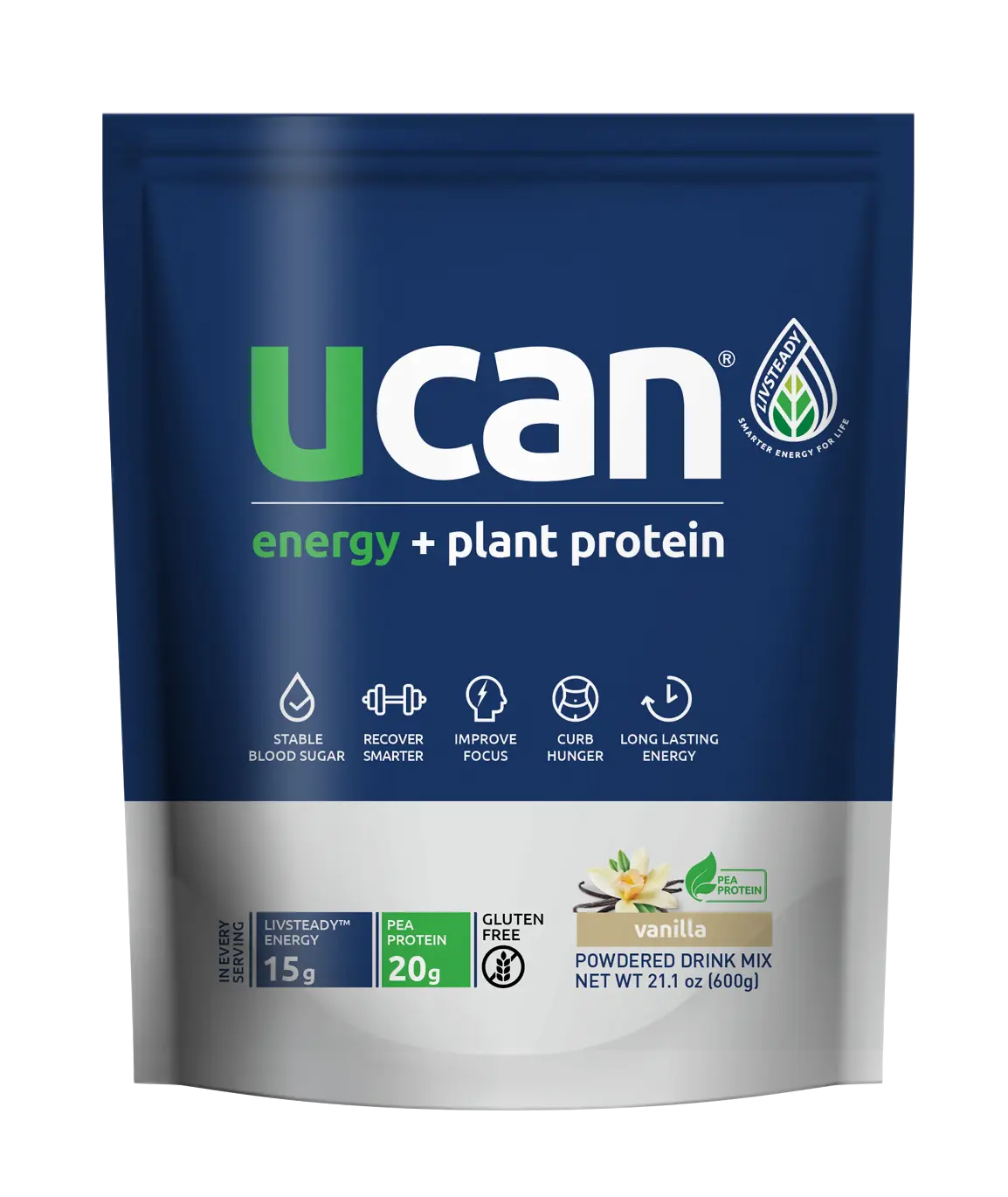
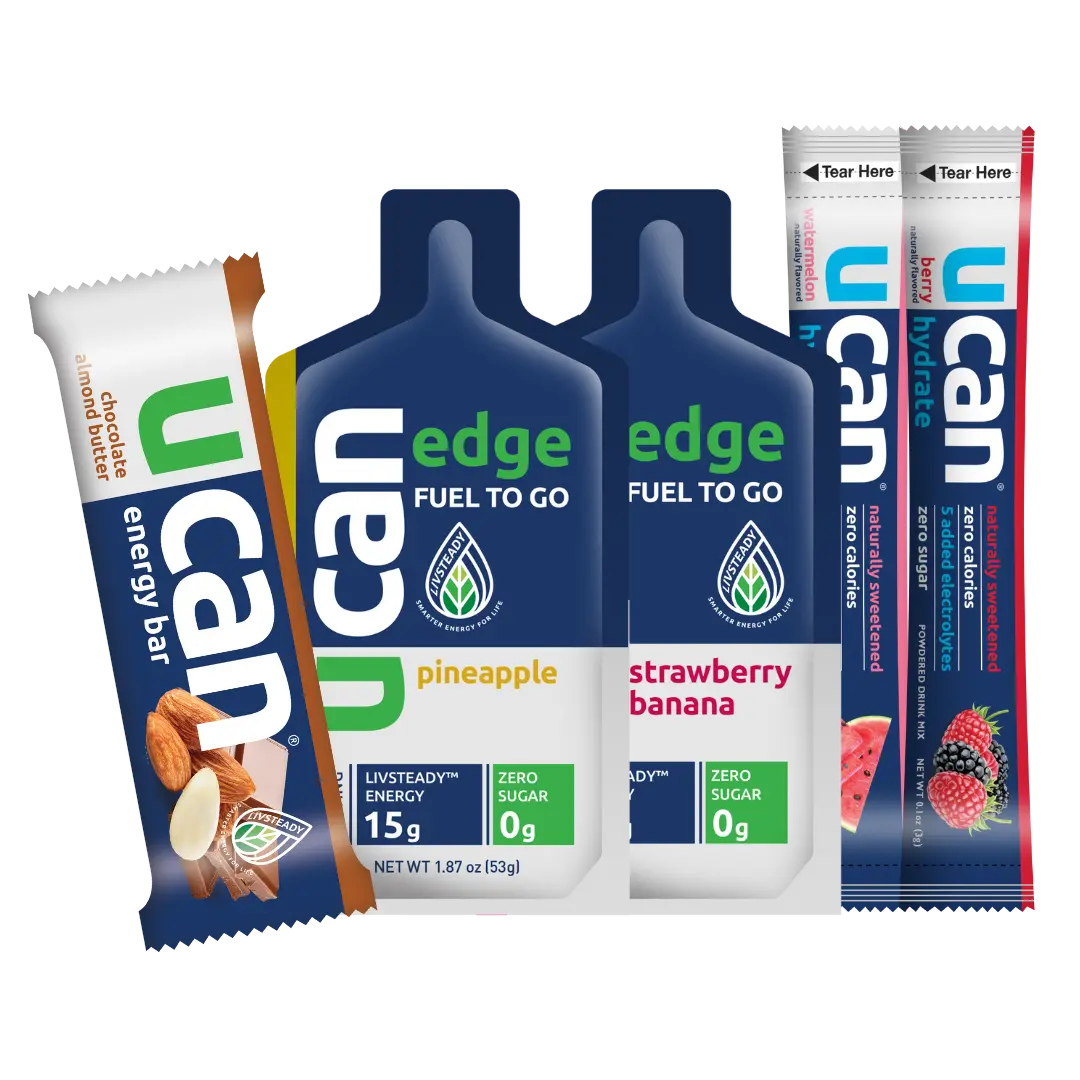
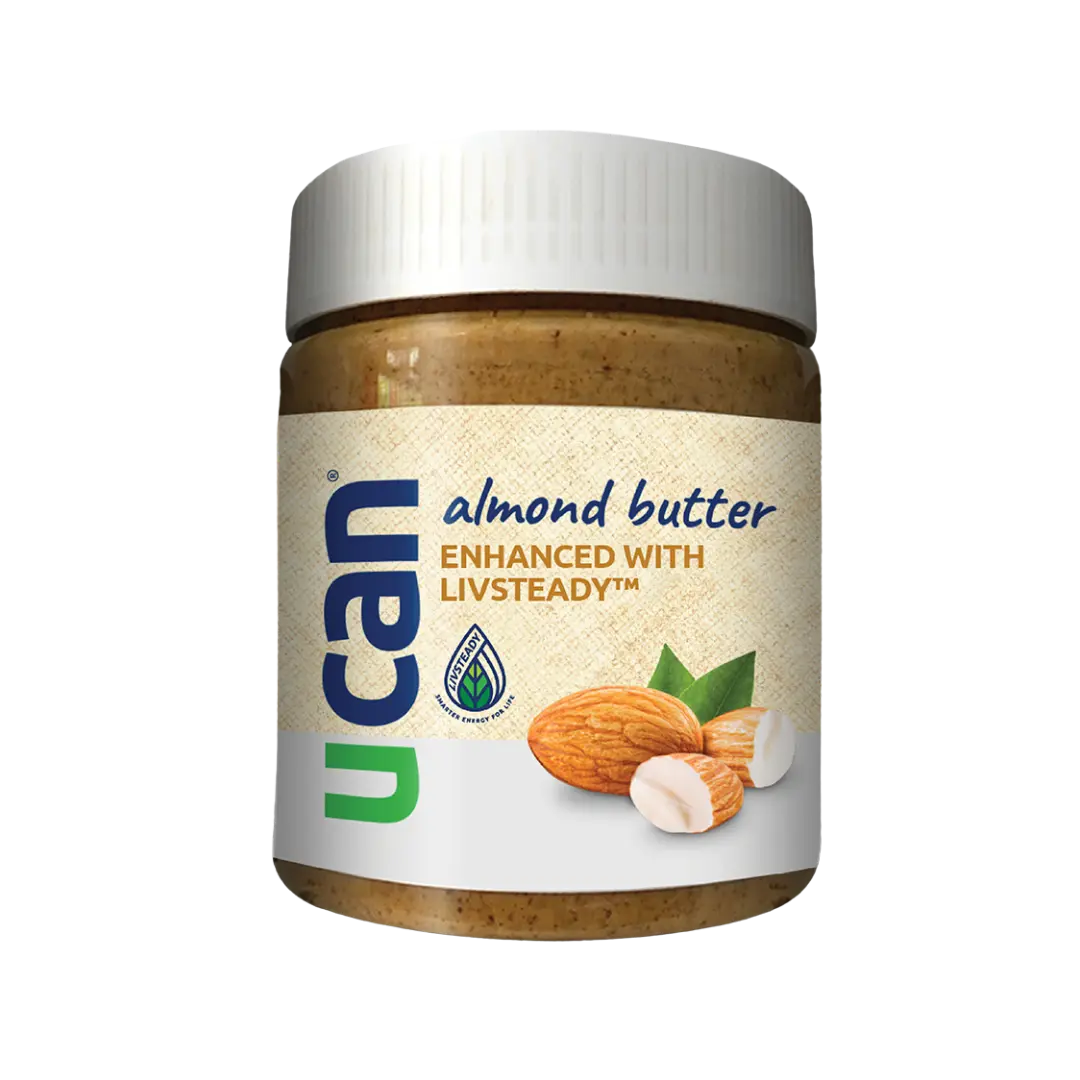
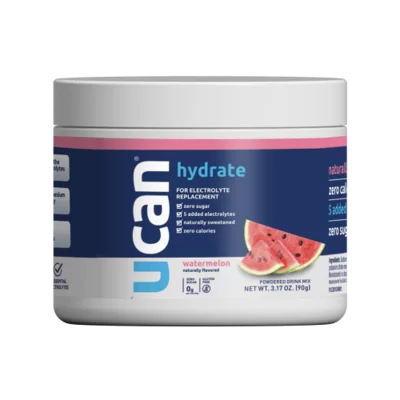
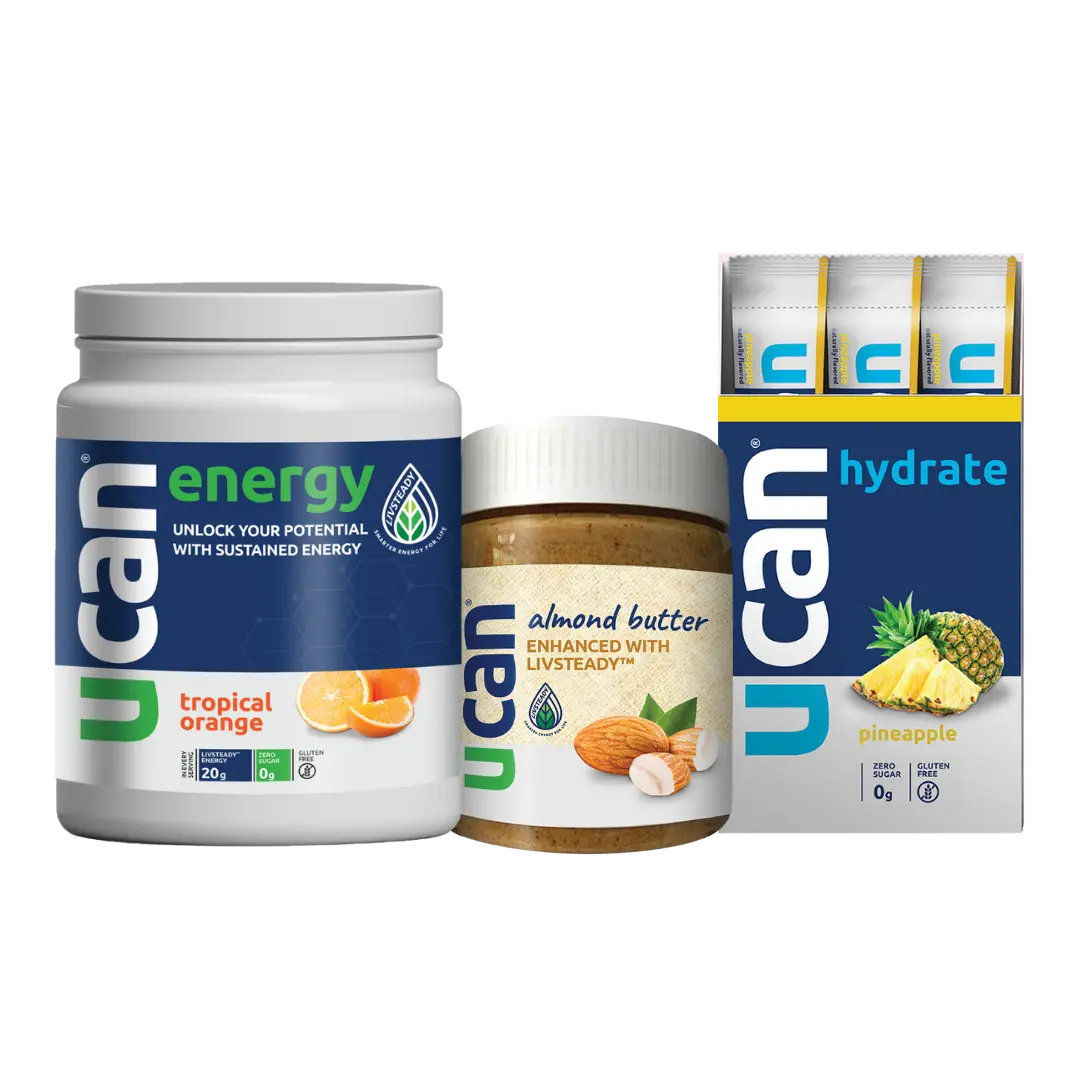
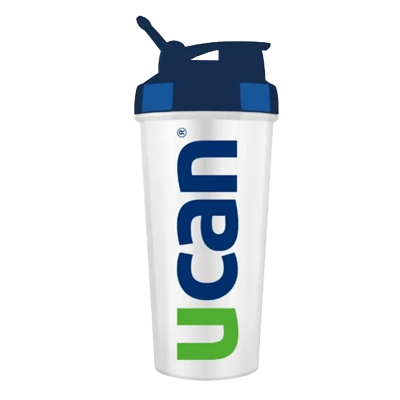
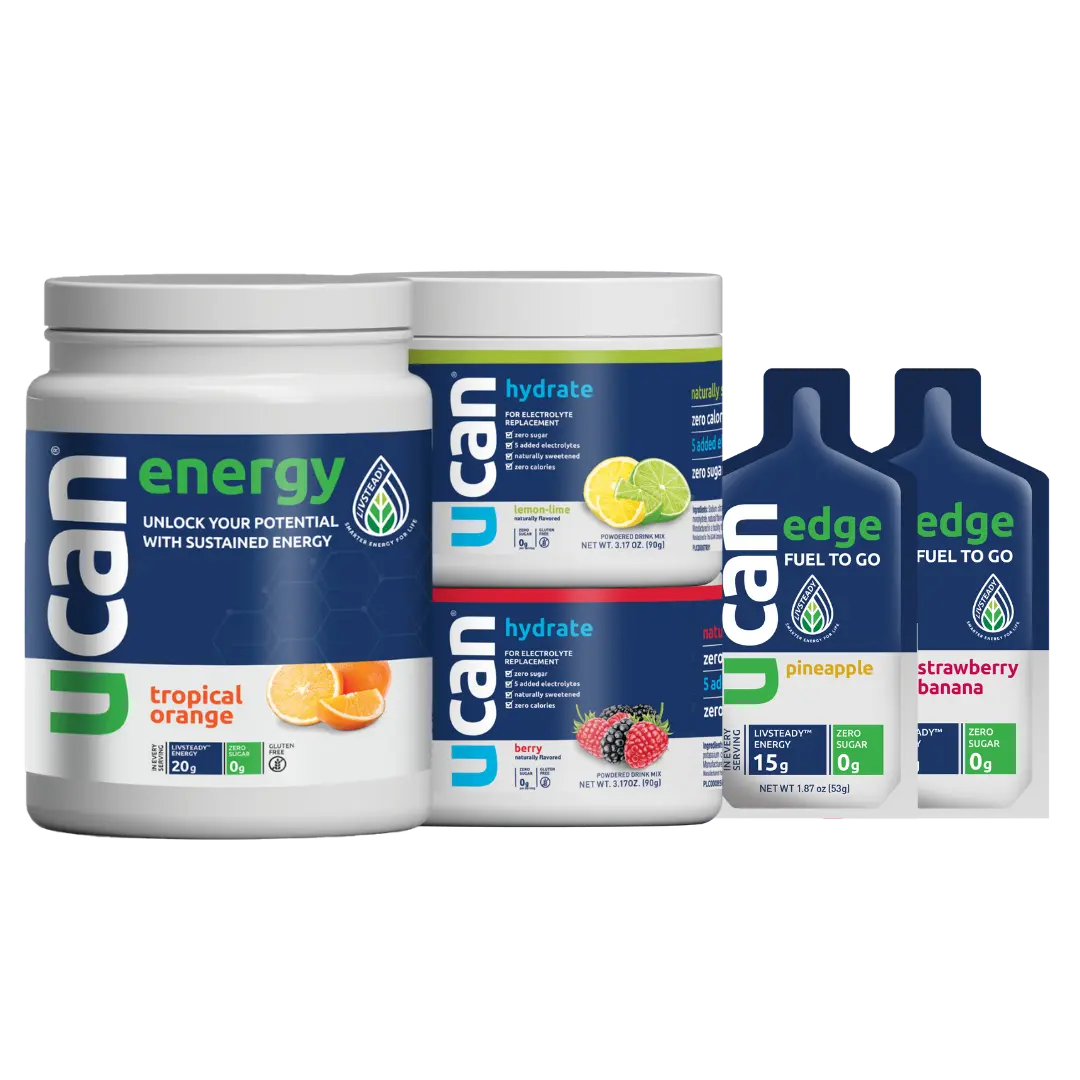
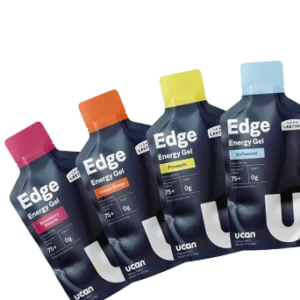
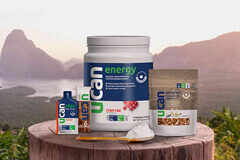


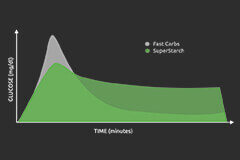

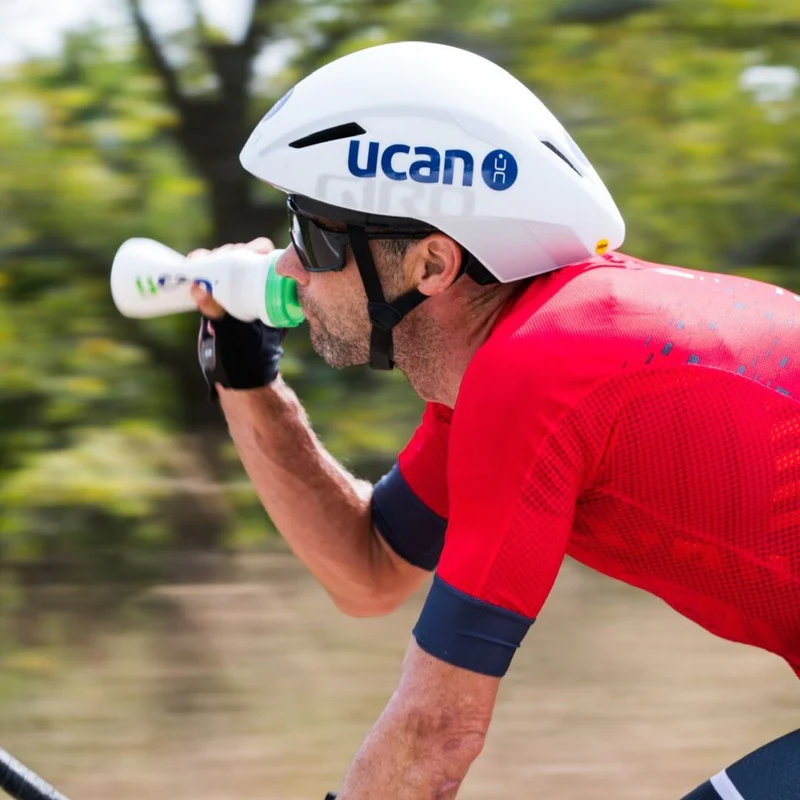


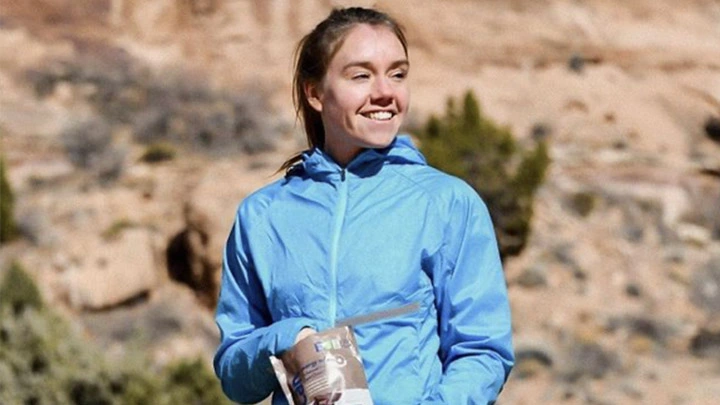

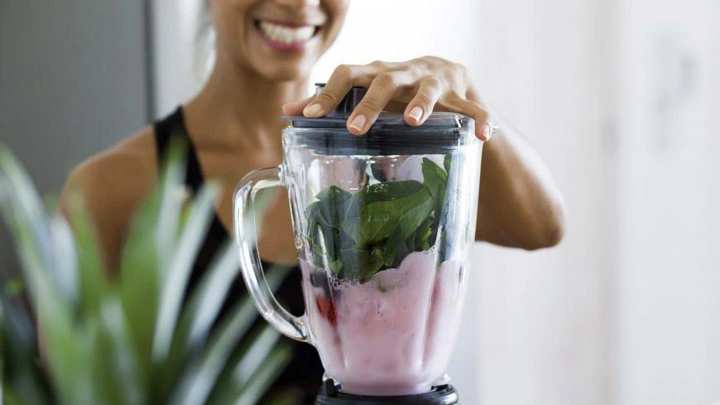













Comments are closed